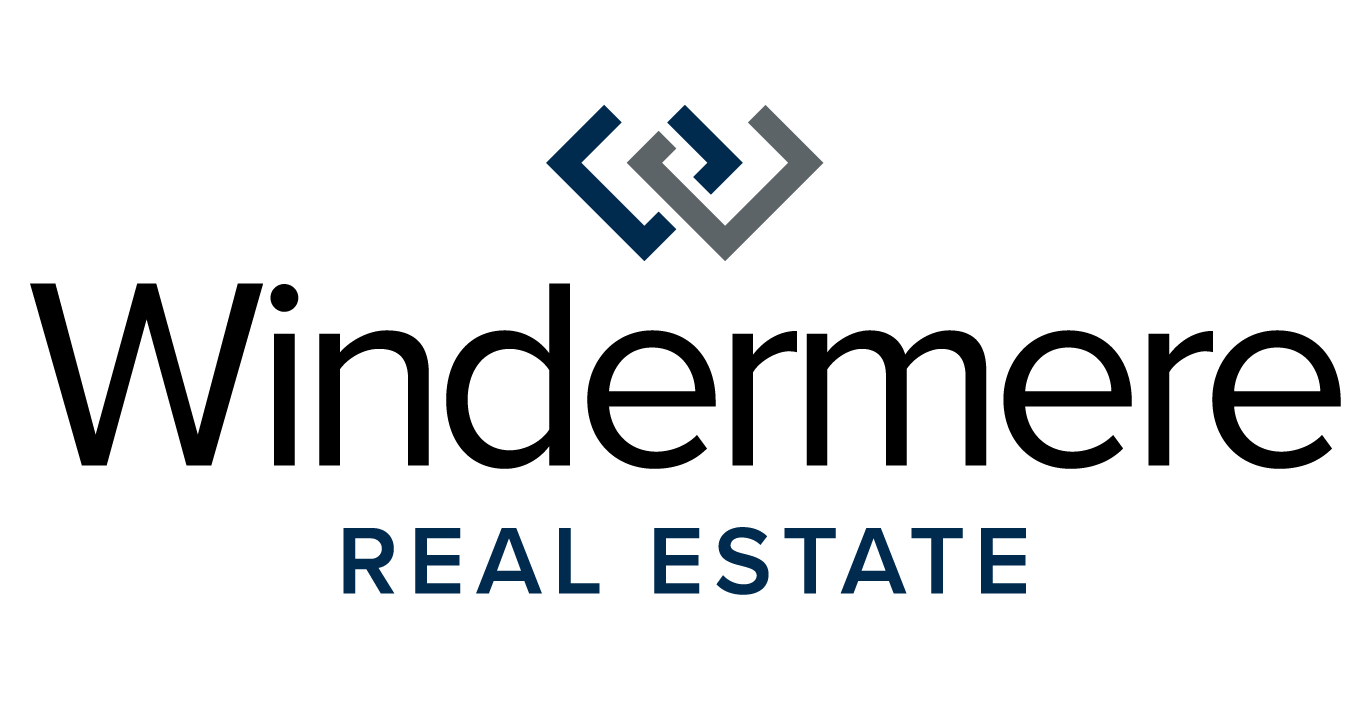Click Here to go back to Architectural Styles
One of the oldest American architectural styles, the ?Cape Cod? originated in New England in the late eighteenth century by English settlers. The design of the home was familiar to those in England with modifications to fit the new weather elements and material limitations. Cape Cod architecture is fairly simple with one or two stories, a steeply pitched roof, and square or rectangular shape with brick or shingled siding.
The Cape Cod style of home persisted as the main architectural style through the late nineteenth century and then experienced a revival in the 1940s and 1950s after WWII because they were easy to construct and relatively affordable after the war.
Elements of design:
- Rectangular or square in shape
- One to two stories
- Steeply pitched roof
- Central chimney
This article was originally printed on windermere.com


